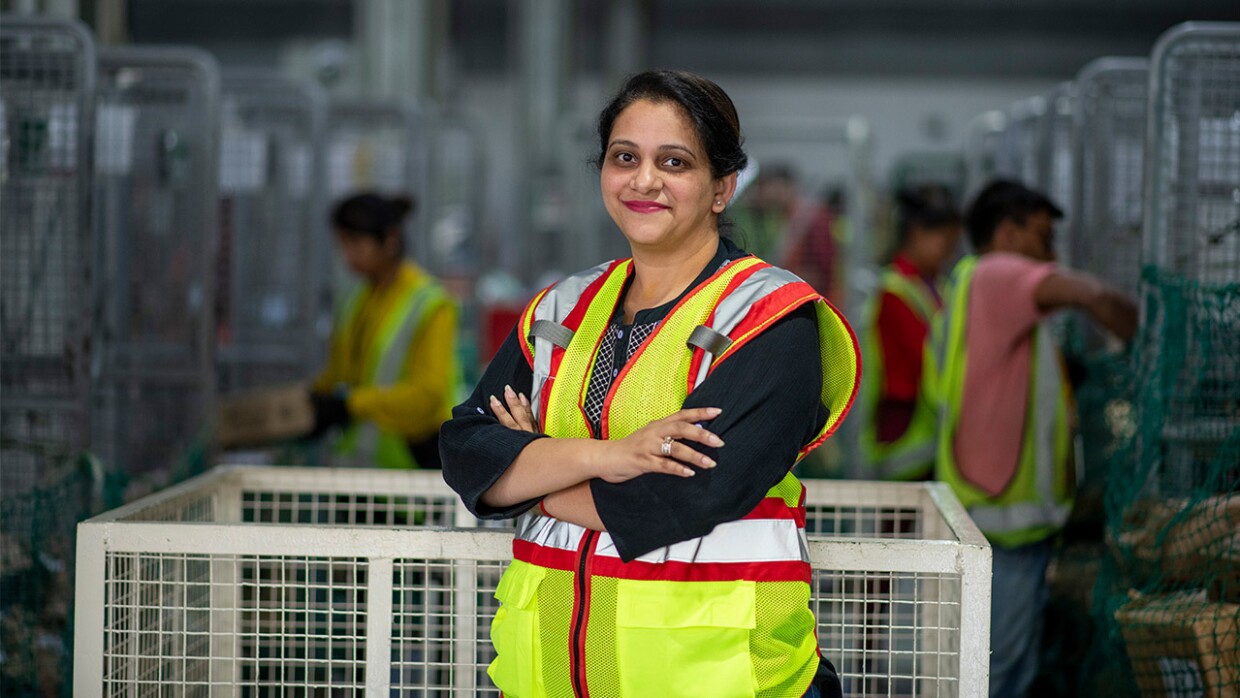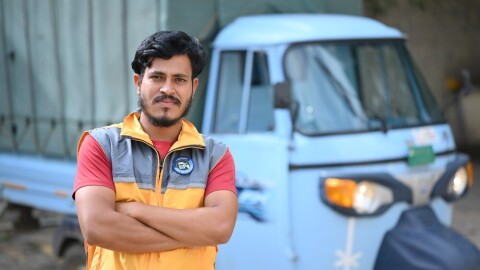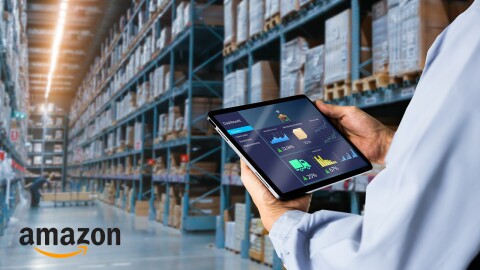I am an Amazon Delivery Service partner and an entrepreneur. I started Saima Enterprises in January 2021 with one delivery station in Panchkula. Today, I manage seven delivery stations and provide meaningful work opportunities to hundreds of delivery associates. Entrepreneurship was not always my calling: Post my double graduation from Delhi University and NIIT, I worked in the corporate world for 15 years, securing roles in leading banking and telecommunications brands.
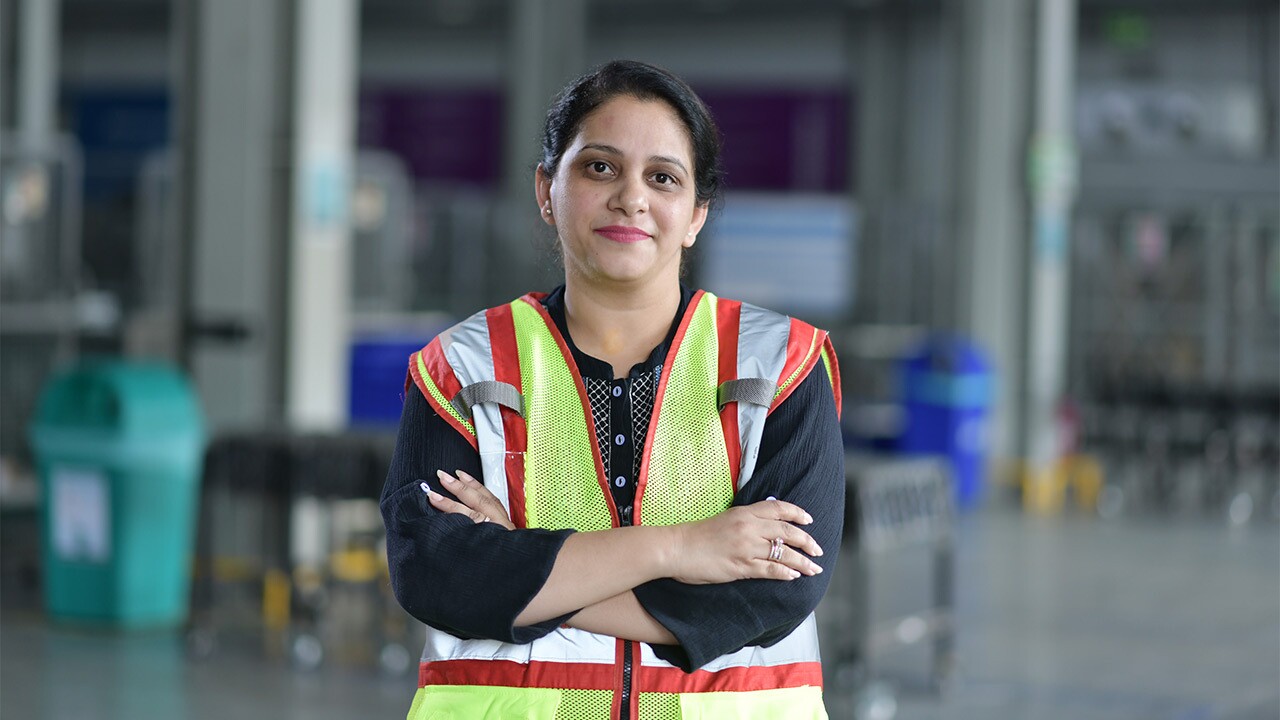
But in 2013, I went on a 7-year sabbatical to take care of my daughters Myrah and Sarah Dhawan.
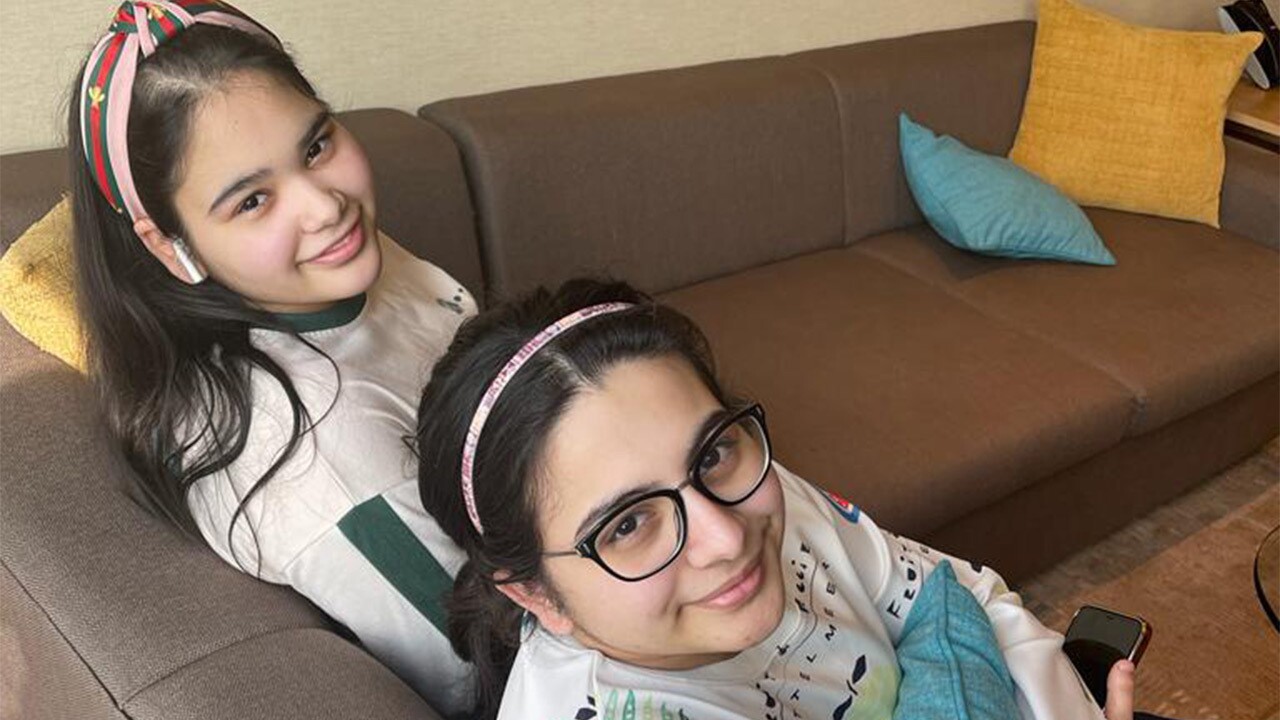
By 2020, I wanted to relaunch my career and that’s when I decided to plunge into entrepreneurship. While exploring opportunities, I came across Amazon’s Delivery Service Partner program, an initiative designed to provide entrepreneurship opportunities to individuals with the help of Amazon's technology and logistics network.
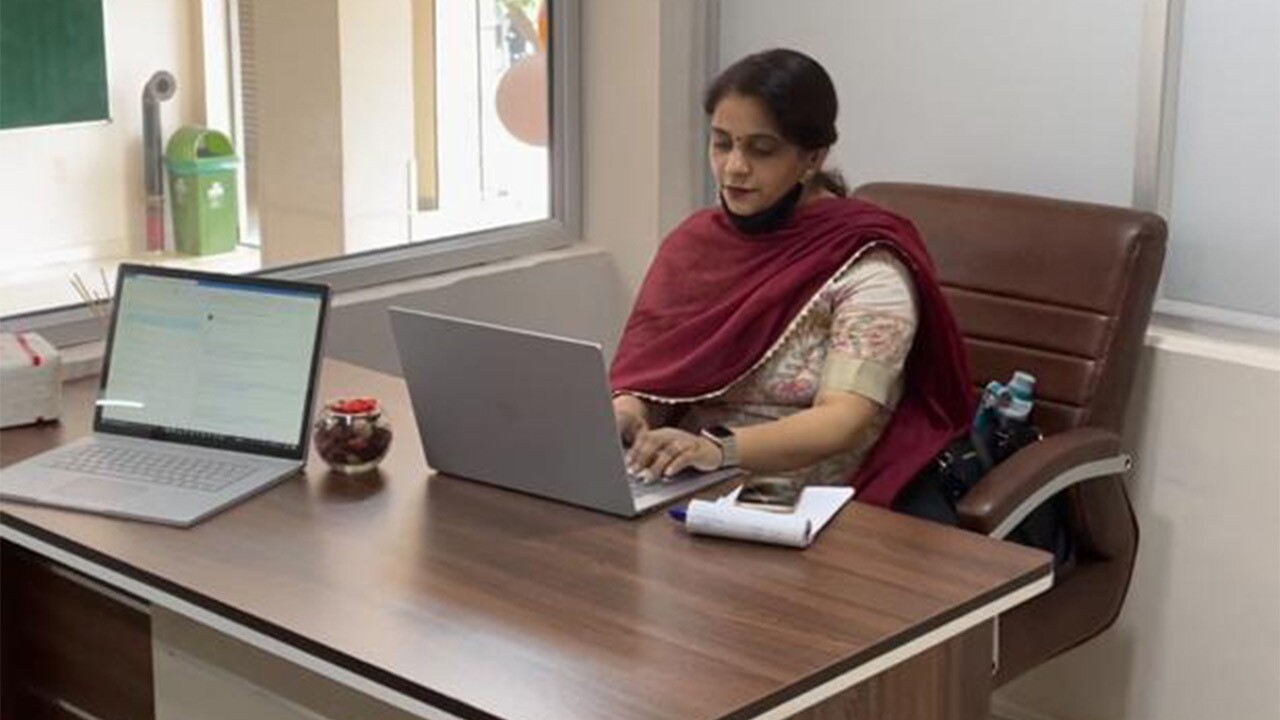
Given my rich experience in operations, I approached Amazon and applied to become a DSP. Thus, Saima was born. I was recently at one of the seven delivery stations I manage in Delhi. Here’s a sneak peak of what happens inside a delivery station.
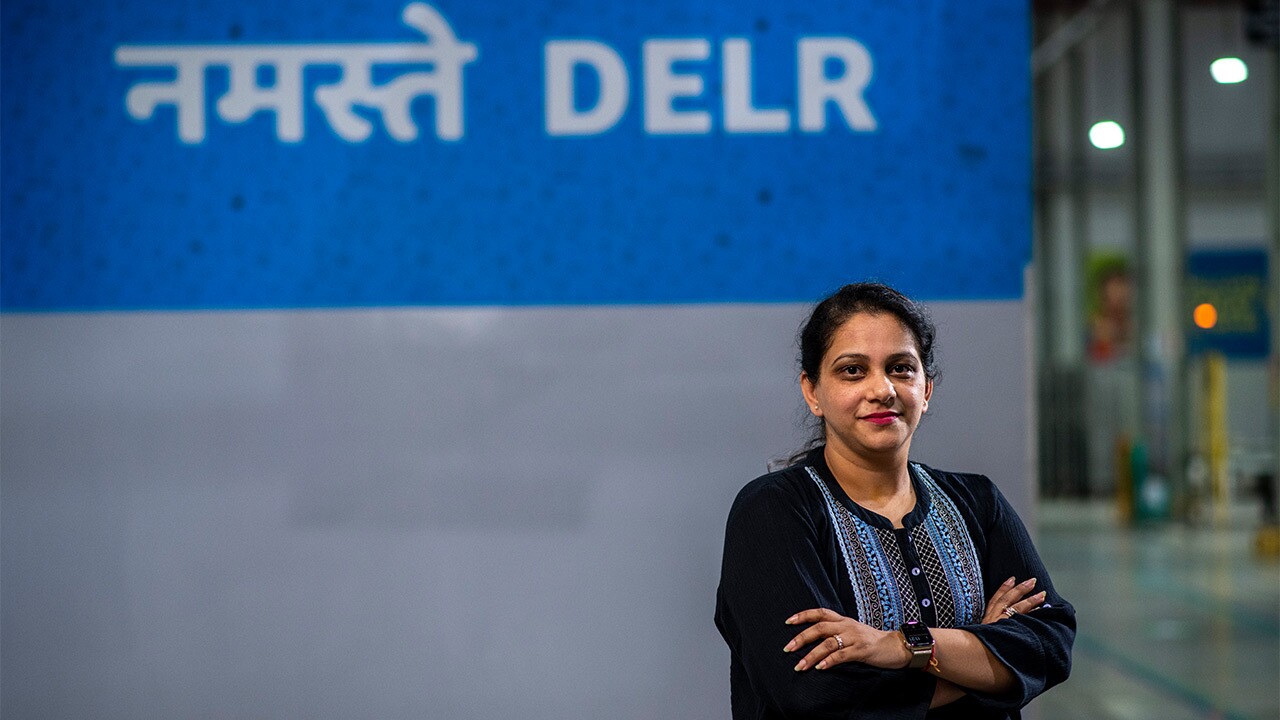
Below is the inbound area. Packages are shipped to this location from various parts of the country via Amazon’s fulfillment and sortation centers.
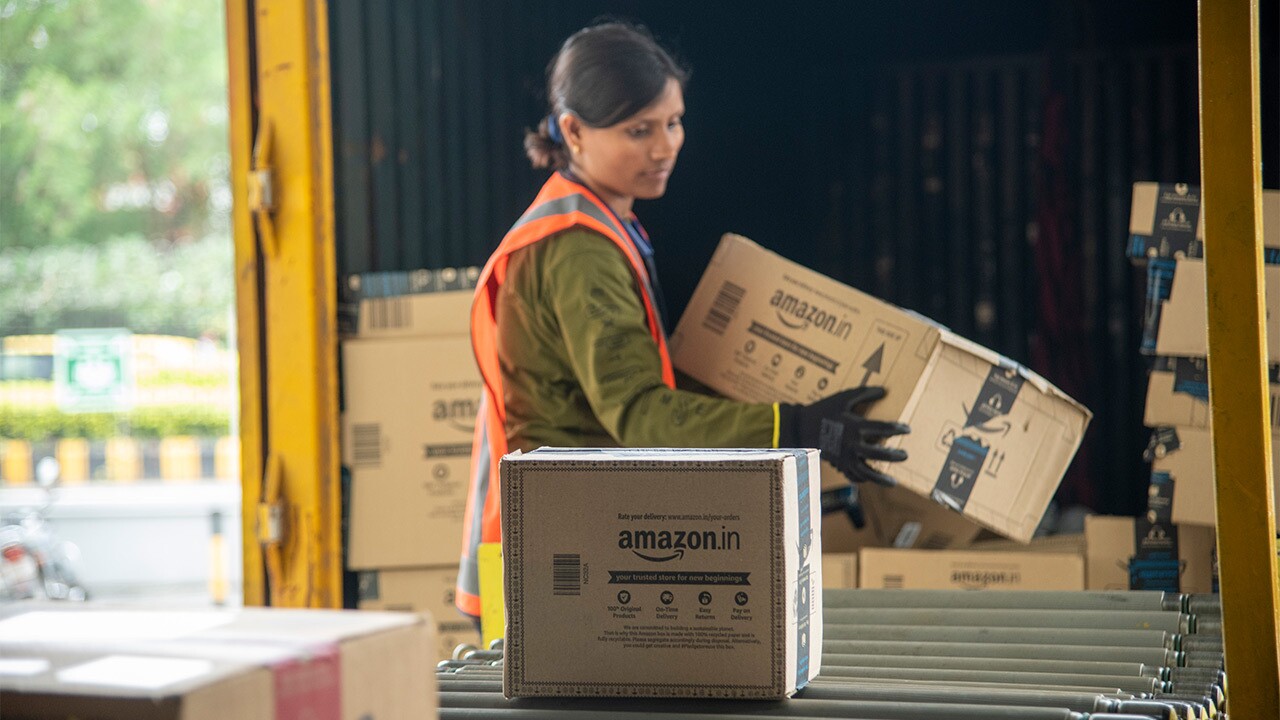
Once these packages arrive at this delivery station, associates work in symphony with our backend technology to sort packages by delivery clusters, which are divided strategically using Amazon technology to maximise delivery efficiency. That means faster deliveries for customers.
Below is the sorting area for bigger packages. Once the packages have been identified at a cluster level, our team of associates then sort these packages to their appropriate sorting bins. Each sorting bin represents a delivery route making it easy for both our station associates and delivery associates to batch deliveries together.

Once the sorting is completed, routing happens. The routing technology used here is specifically curated for the Indian market, considering the geographical differences and modes of transport for each route. Routing is dynamic in nature and there are no fixed routes for all days. The entire process is driven through a computerised system. There is no manual intervention of any kind for route generation.
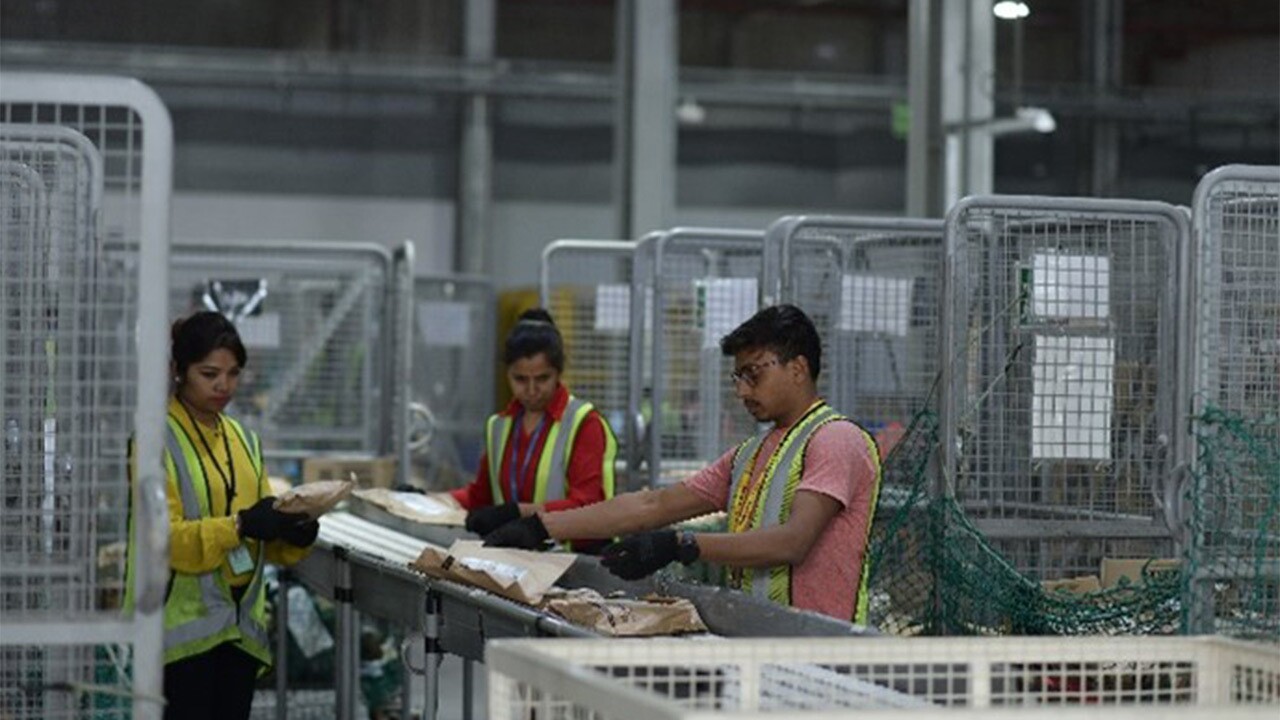
In the below outbound area, the final step happens: a customer package gets loaded into a delivery vehicle.
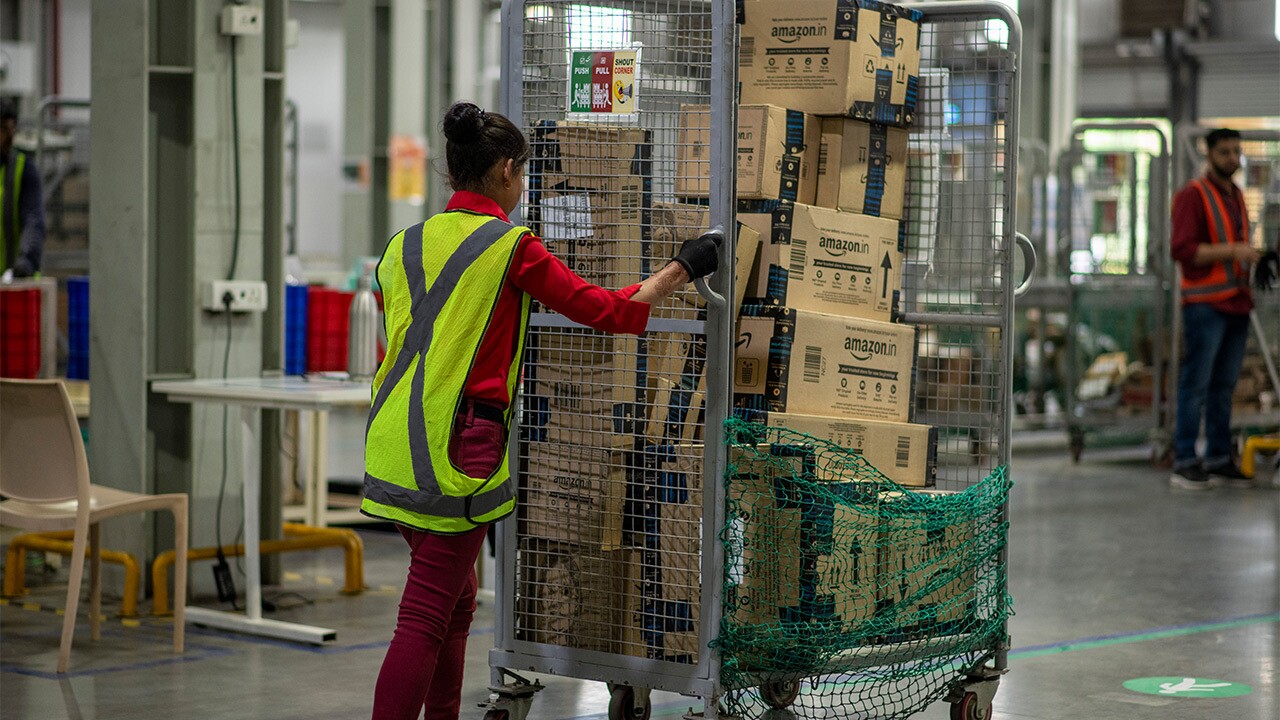
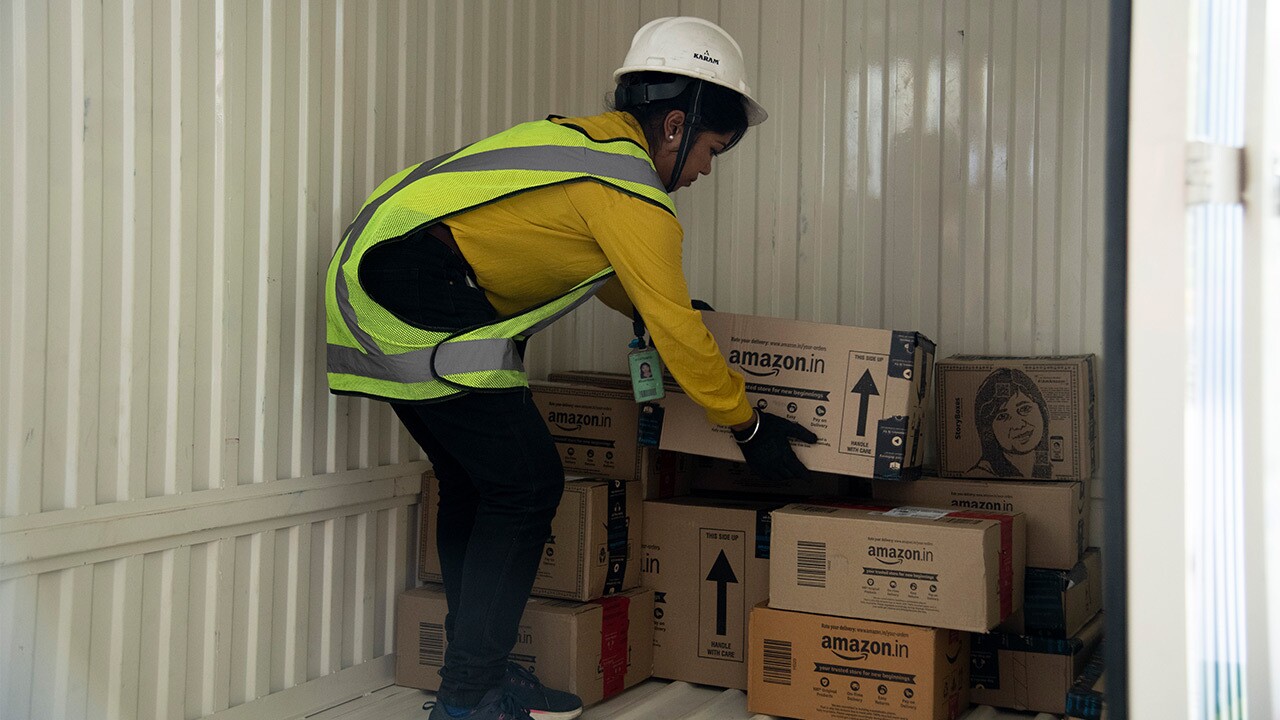
Delivery associates simply use an app called ‘Rabbit’ on their phone to scan all the packages and acknowledge the receipt. Once the delivery associate accepts all the packages in their app, off they go to deliver smiles.
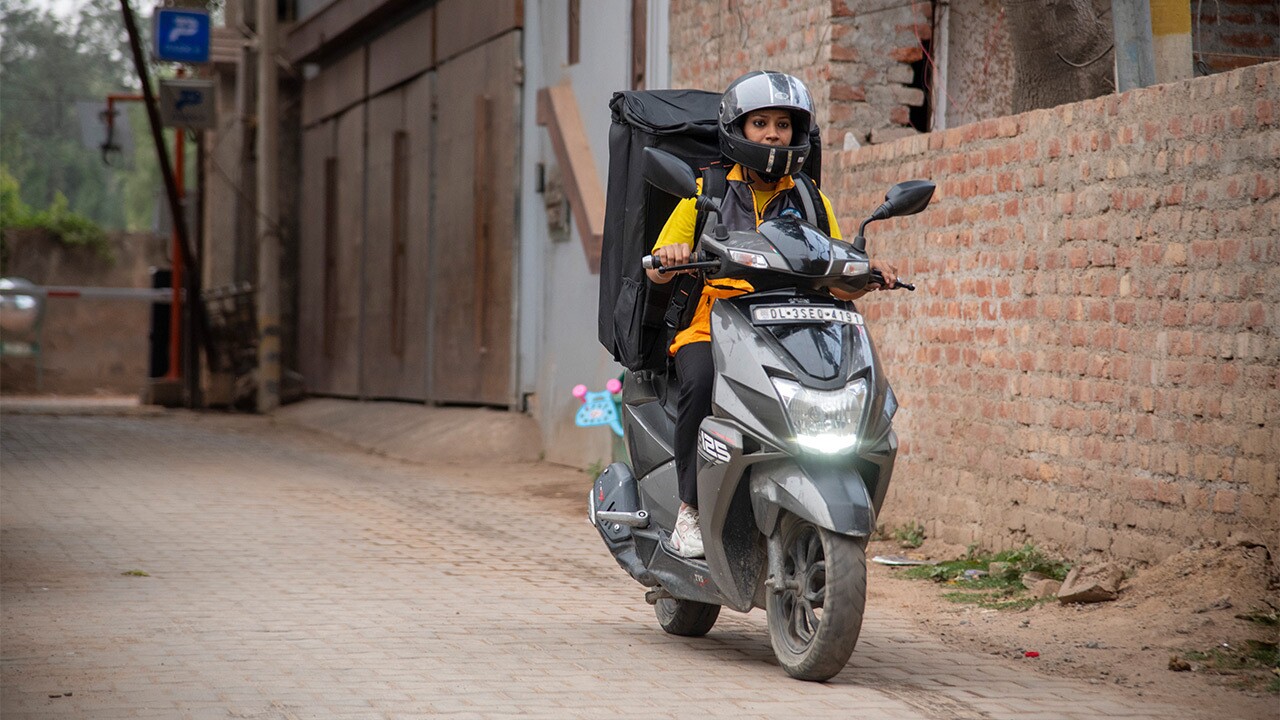
Once on the road, the delivery associates can take advantage of Amazon’s advanced logistics systems and technology that has been built over the last 20 years, by using the delivery app Rabbit. The app helps associates navigate their route and deliver packages to customers safely and on time.
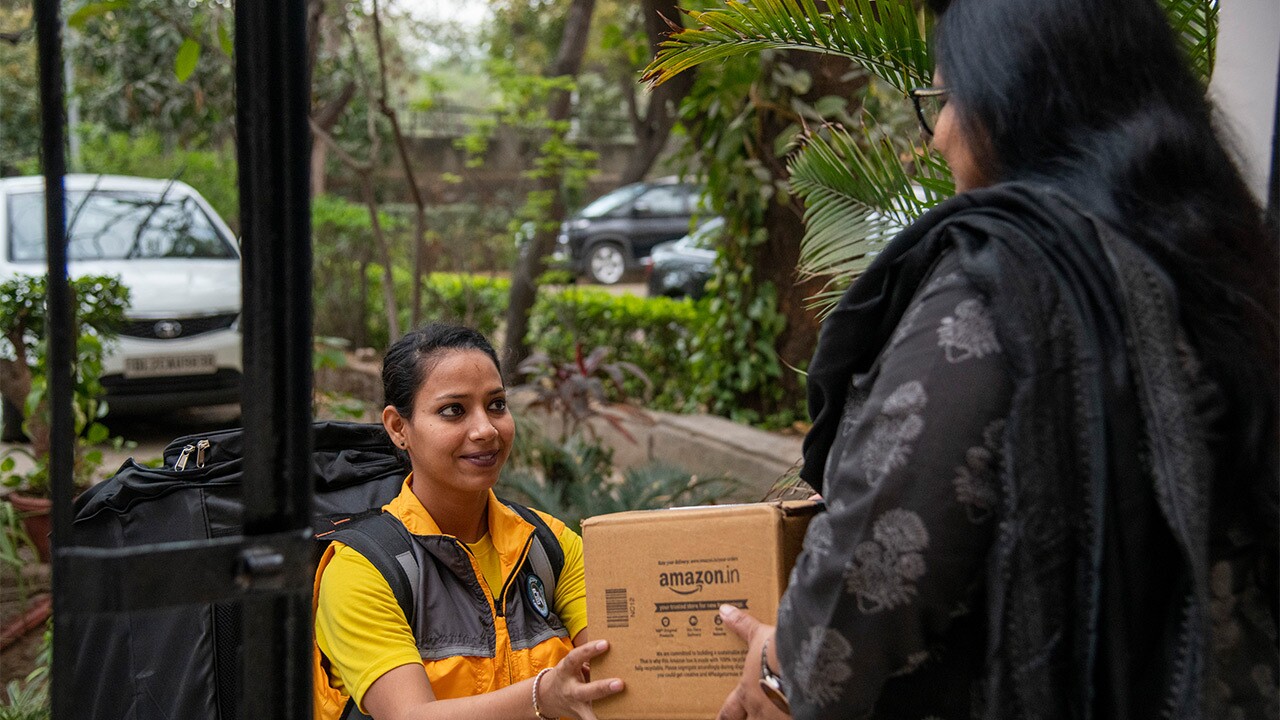
With the Delivery Service Partner (DSP) program, Amazon India has partnered with more than 300 SMBs to deliver packages to Amazon customers. Overall, Amazon India has close to 2000 delivery stations both owned and operated by Amazon, as well as Delivery Service Partners in more than 750 cities.


